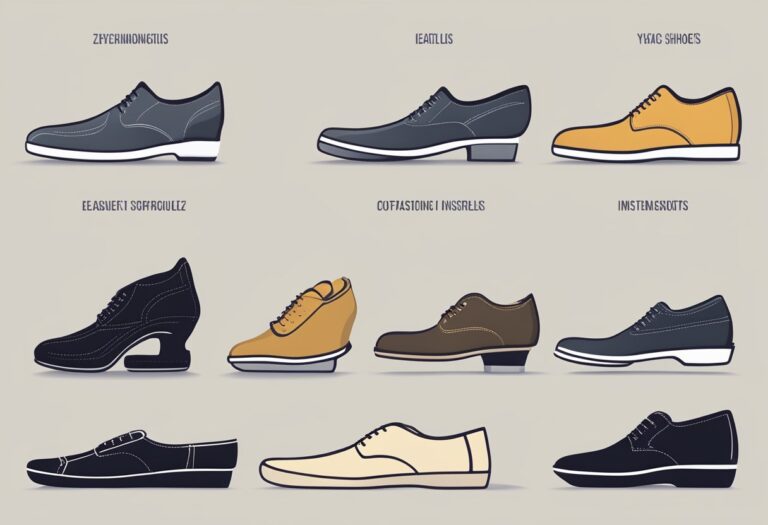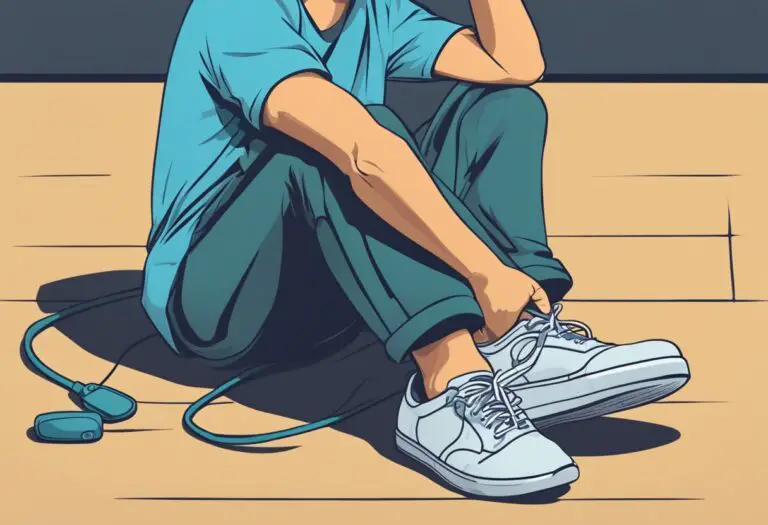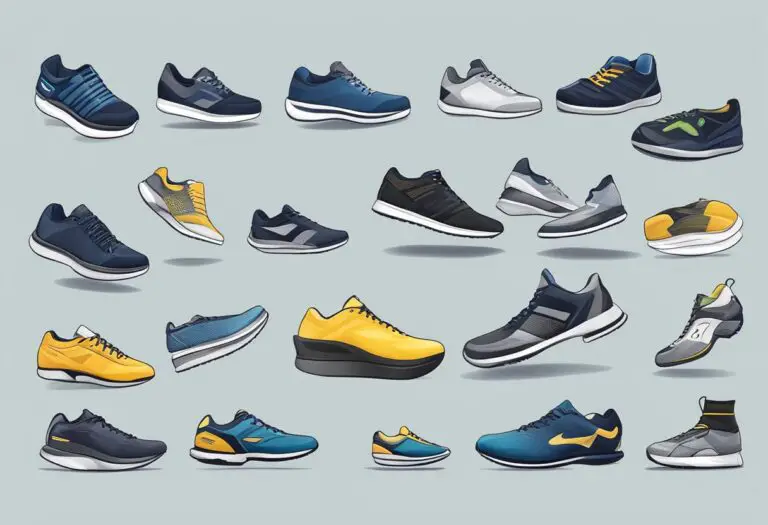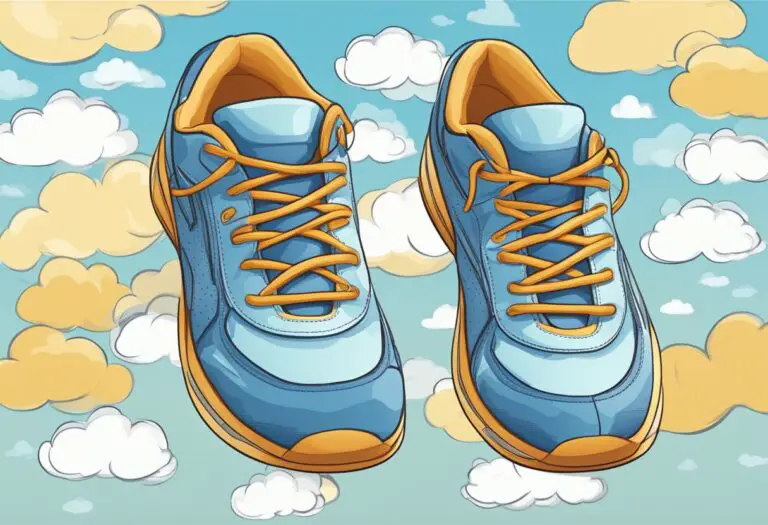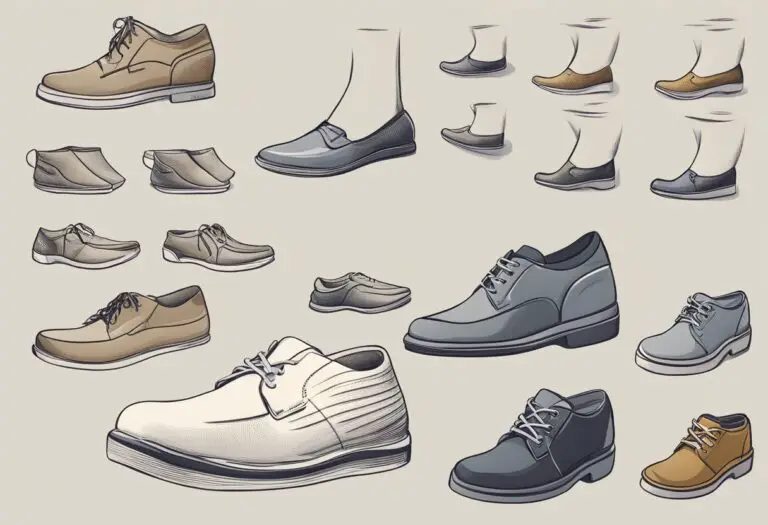How can I adjust laces or straps to improve the fit and comfort of my shoes
How can I adjust laces or straps to improve the fit and comfort of my shoes
Properly fitting shoes are essential for comfort and avoiding foot-related injuries. However, not all shoes fit perfectly out of the box. Fortunately, many shoes come with laces or straps that can be adjusted to improve the fit and comfort of the shoe. Knowing how to properly adjust these components can make a big difference in the overall feel of the shoe.

Laces and straps can be adjusted in various ways to achieve a better fit. For example, tightening the laces or straps can provide more support and prevent slipping, while loosening them can relieve pressure and increase comfort. Additionally, adjusting the tension of the laces or straps can help accommodate different foot shapes and sizes. By understanding how to properly adjust these components, individuals can improve the fit and comfort of their shoes and enjoy a more pleasant walking or running experience.
Overall, learning how to adjust laces or straps to improve the fit and comfort of shoes is a valuable skill for anyone who wears shoes regularly. With a little bit of knowledge and practice, individuals can achieve a customized fit that supports their feet and reduces the risk of injuries.
Understanding Shoe Fit

When it comes to achieving a comfortable and well-fitting shoe, it is important to understand the basics of shoe fit. This includes measuring your foot and identifying any fit issues that may arise.
Measuring Your Foot
Before purchasing a new pair of shoes, it is important to measure your foot to ensure that you are selecting the correct size. This can be done by tracing the outline of your foot on a piece of paper and measuring the length and width of the tracing.
It is also important to note that foot size can change over time due to factors such as weight gain, pregnancy, and aging. Therefore, it is recommended to measure your foot periodically to ensure that you are still wearing the correct size.
Identifying Fit Issues
Even with the correct shoe size, there may be fit issues that arise. Some common fit issues include:
- Tightness or looseness in certain areas of the shoe
- Pressure points or discomfort in certain areas of the foot
- Slipping or rubbing of the heel
To address these fit issues, laces or straps can be adjusted to improve the fit and comfort of the shoe. For example, if the shoe is too tight in the toe area, the laces can be loosened or adjusted to provide more room. If the heel is slipping, the laces can be tightened to secure the foot in place.
Overall, understanding shoe fit and identifying fit issues can help individuals achieve a more comfortable and well-fitting shoe. By adjusting laces or straps, individuals can further improve the fit and comfort of their shoes.
Lacing Techniques for Better Fit
Getting the right fit for your shoes is essential for achieving maximum comfort and preventing foot injuries. One way to improve the fit of your shoes is by adjusting the laces or straps. Here are some lacing techniques that can help you achieve a better fit:
Standard Lacing Methods
- Criss-Cross Lacing: This is the most common lacing technique for shoes. It involves lacing the shoelaces over and under each other in a diagonal pattern. This technique works well for most shoe types and foot shapes.
- Straight Lacing: This technique involves lacing the shoelaces straight across the shoe. It works well for people with wider feet or if the shoe is too tight across the top of the foot.
- Loop Lacing: This technique involves creating loops with the shoelaces instead of crossing them. It works well for people with high arches or if the shoe is too tight across the instep.
Specialized Lacing Techniques
- Heel Lock Lacing: This technique involves creating a loop with the shoelace near the ankle and then lacing the shoelace through the loop to create a tighter fit around the heel. It works well for people with narrow heels or if the shoe slips at the heel.
- Window Lacing: This technique involves skipping a set of eyelets in the middle of the shoe to create a window. It works well for people with wider feet or if the shoe is too tight across the middle of the foot.
- Toe Relief Lacing: This technique involves skipping the eyelets closest to the toes to create more room in the toe box. It works well for people with wide or sensitive toes.
Remember, the lacing technique you choose will depend on your foot shape and the type of shoe you are wearing. Experiment with different techniques to find the one that works best for you.
Adjusting Straps for Optimal Comfort

Types of Straps
Shoes can have various types of straps, such as Velcro, buckle, or elastic. Each type of strap requires a different method of adjustment. Velcro straps are the easiest to adjust as they can be tightened or loosened by simply pulling on the strap. Buckle straps, on the other hand, require adjusting the buckle to achieve the desired fit. Elastic straps may require some stretching or tightening to achieve the perfect fit.
Strap Adjustment Tips
To adjust the straps for optimal comfort, start by loosening all the straps on the shoe. Then, put the shoe on and adjust each strap individually. Make sure the strap is snug but not too tight. If the strap is too loose, the shoe may slip off, and if it’s too tight, it can cause discomfort.
When adjusting buckle straps, start by loosening the buckle and then tightening it gradually until the desired fit is achieved. Make sure the buckle is not too tight as it can cause discomfort or restrict blood flow.
For elastic straps, stretch the strap slightly to achieve a snug fit. If the strap is too tight, it can cause discomfort or restrict movement.
In summary, adjusting straps is an essential step in achieving optimal comfort in shoes. By following these tips, one can adjust the straps for a perfect fit and avoid discomfort or pain while wearing shoes.
Additional Tips for Shoe Comfort

When it comes to shoe comfort, there are several additional tips that can help improve the fit and feel of your shoes. In addition to adjusting laces and straps, you may want to consider the following:
Choosing the Right Socks
The type of socks you wear can have a big impact on the comfort of your shoes. Look for socks that are made from moisture-wicking materials, as these will help keep your feet dry and prevent blisters. You may also want to consider socks with extra cushioning in the sole, which can help absorb shock and reduce foot fatigue.
Using Insoles and Inserts
If you’re still experiencing discomfort after adjusting your laces and straps, you may want to try using insoles or inserts. These can help provide additional support and cushioning where you need it most. There are many different types of insoles and inserts available, so be sure to choose one that is designed for your specific foot type and the type of shoe you’re wearing.
Overall, taking the time to adjust your laces and straps and choosing the right socks and insoles can go a long way in improving the comfort of your shoes. By following these tips, you can ensure that your feet stay happy and healthy, no matter what type of shoes you’re wearing.


